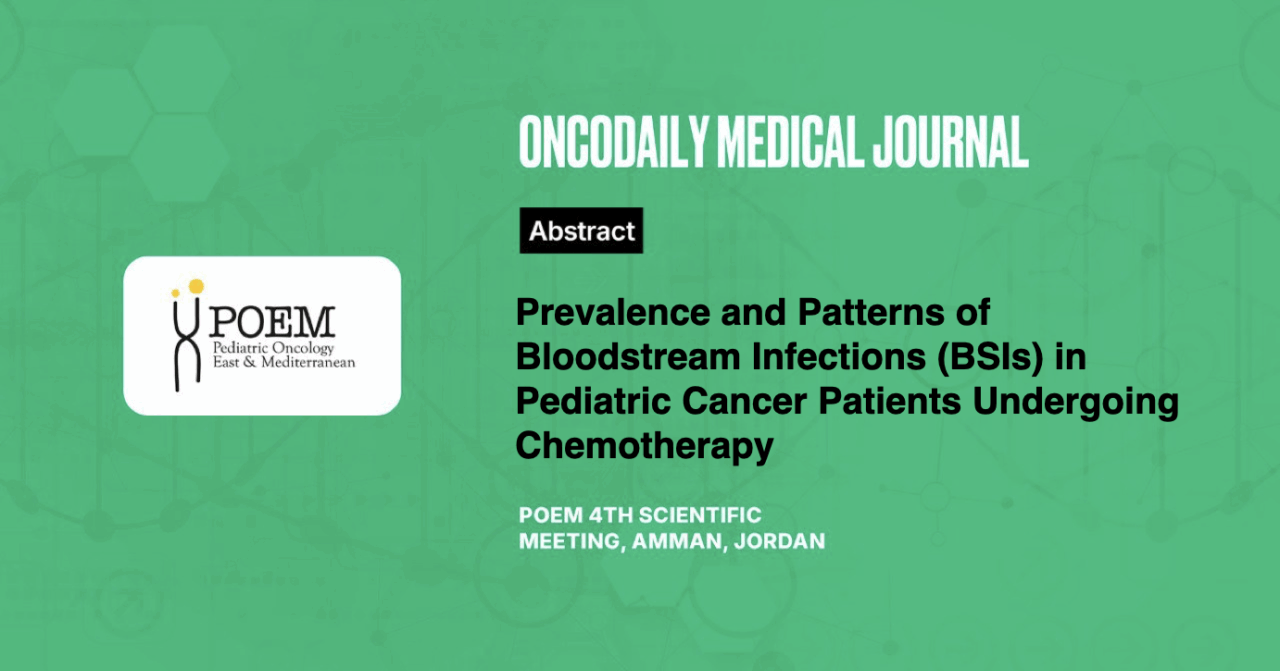Prevalence and Patterns of Bloodstream Infections (BSIs) in Pediatric Cancer Patients Undergoing Chemotherapy
Abstract
Introduction: Bloodstream infections (BSIs) are a significant challenge in pediatric oncology patients undergoing chemotherapy, contributing to morbidity, prolonged hospitalization, and mortality. This study examines the prevalence and microbiological patterns of BSIs in pediatric cancer patients receiving chemotherapy.
Methodology: A retrospective analysis of 62 BSIs in 34 pediatric cancer patients over the past year included 39 hematological malignancies and 23 solid tumors. Data on demographics, clinical features, and pathogen distribution were collected and compared between the two groups.
Results: Gram-negative infections (58.1%) were most common, followed by Gram-positive (40.3%) and fungal infections (1.6%). BSIs were most frequent during the induction phase (61.3%), mainly in neutropenic patients (47.4%). The consolidation phase accounted for 25.8% of BSIs, with 18.75% in non-neutropenic patients, while the maintenance phase had 12.9% of BSIs, half in neutropenic patients. Common pathogens included Staphylococcus aureus (0.3%), Citrobacter spp. (24.2%), and Escherichia coli (8.4%).
Hematological malignancies accounted for 62.9% of BSIs, predominantly Gram-negative bacteria like Klebsiella spp. and E. coli. Gram-positive infections (40.3%) were primarily due to Staphylococcus aureus. Catheter-related infections were higher in hematological malignancies, particularly with PICC lines (2.56%) and chemo ports (61.54%), while silicon catheter infections (26.1%) and urinary tract infections (13.04%) were more common in solid tumors.
Hospital stays were longer for hematological malignancy patients (mean 18.7 ± 16.05 days) than for solid tumor patients (mean 10.7 ± 6.8 days), indicating greater infection severity.
Conclusion: This study underscores the need for stringent infection control and antibiotic stewardship in immunocompromised pediatric cancer patients, especially those with hematological malignancies. Effective supportive care, timely interventions, and resource optimization can help achieve zero mortality from BSIs even in resource-limited settings.





